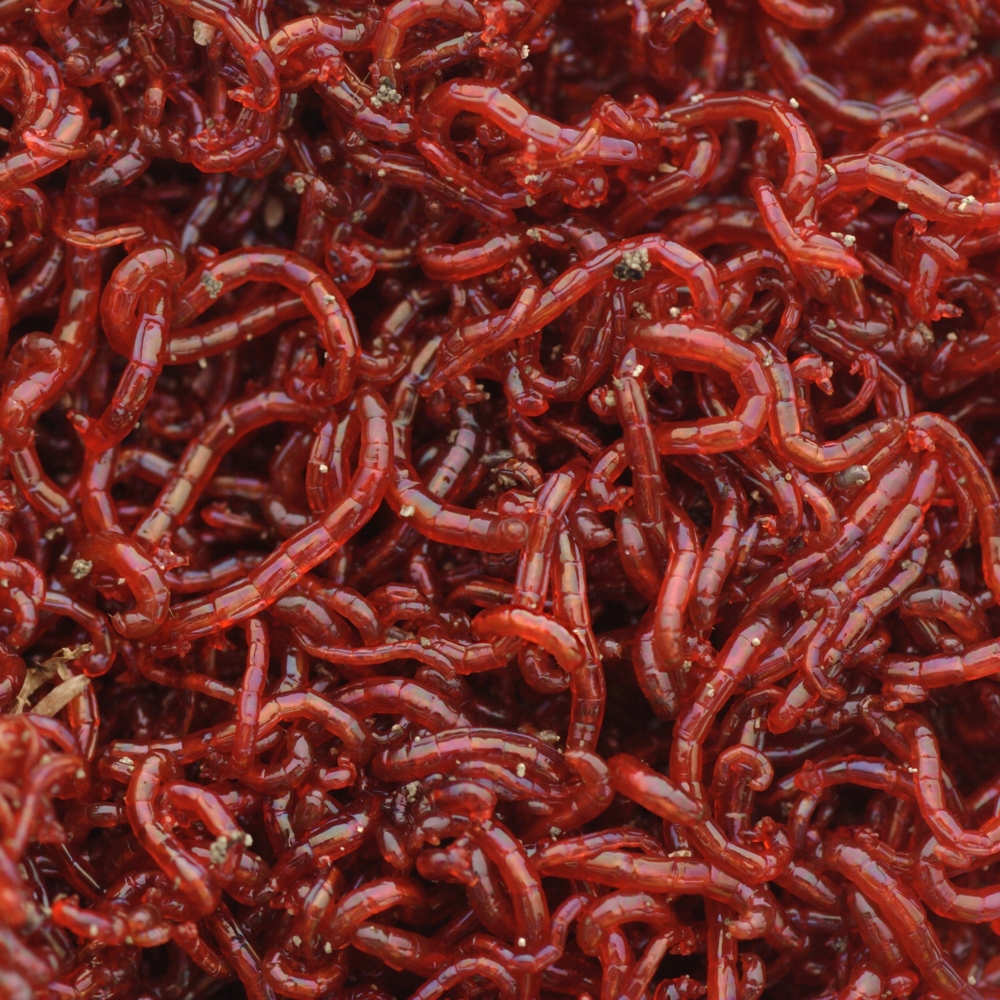Using Red Wigglers for Efficient Organic Waste Disposal
The usage of red wigglers for natural garbage disposal provides a compelling approach to managing food scraps while advertising environmental sustainability. These worms not just improve waste decomposition yet likewise produce useful worm castings, which can dramatically enhance soil health. Their capacity to process big quantities of organic material with marginal initiative placements them as an easily accessible remedy for homes and areas alike. Nevertheless, understanding the nuances of establishing a successful worm container and keeping an ideal environment is essential for optimizing their advantages. The following actions in this process may shock you.
Advantages of Making Use Of Red Wigglers
One of the most engaging benefits of making use of red wigglers for natural garbage disposal is their remarkable efficiency in composting. These worms, scientifically understood as Eisenia fetida, are particularly adjusted for damaging down natural products, allowing them to refine waste as much as two times their body weight every day. This fast disintegration not just increases the composting procedure yet also produces nutrient-rich worm castings that significantly enhance soil quality.
Additionally, red wigglers contribute to a reduction in landfill waste. By drawing away natural products from garbage dumps, they assist reduce methane discharges-- a potent greenhouse gas. This ecological benefit is crucial in the battle versus environment modification.
Furthermore, red wigglers are low-maintenance and can flourish in various environments, making them available for both novice and seasoned composters. Their ability to reproduce promptly makes sure a consistent population, facilitating continuous waste processing.
Establishing Up Your Worm Container
Producing an effective worm bin is necessary for maximizing the advantages of composting with red wigglers. The very first step is choosing an appropriate container. A container made from plastic or timber, with a capability of 10 to 20 gallons, is optimal. Guarantee the bin has ample drain openings to avoid excess moisture, as red wigglers prosper in a damp yet not soggy setting.
(red worms)Following, prepare the bed linens product, which acts as the worms' environment and food source. Shredded newspaper, cardboard, and coconut coir are outstanding options. Objective for a bed linen depth of about 4 to 6 inches. The container needs to be positioned in a dark, temperature-controlled location, ideally between 55 ° F and 77 ° F, to maintain worm task.
As soon as the container is established up, introduce the red wigglers, enabling them to accustom to their new environment. It's crucial to check dampness degrees and temperature level consistently. A well-maintained container will certainly not only support the wellness of the worms however also help with efficient disintegration of organic waste. By following these standards, you can produce a thriving ecological community that contributes to lasting waste administration.
(Worm Farms Near Me)
What to Feed Red Wigglers
An understanding of the appropriate diet for red wigglers is important for preserving a healthy worm population and optimizing composting efficiency. Red wigglers flourish on a diverse diet that primarily consists of natural products. Perfect food resources consist of vegetable scraps, fruit peels, coffee grounds, eggshells, and shredded paper. These items not just give crucial nutrients yet additionally add to the wetness balance within the worm bin.
It is crucial to stay clear of particular foods that can hurt the worm population. Red wigglers need to not be fed meat, milk products, oily foods, or refined products, as these can attract pests and develop undesirable odors. red wigglers. Additionally, a knockout post citrus fruits and zesty foods ought to be minimized, as their level of acidity can be damaging to worms
Checking the worm bin for food usage prices will assist make certain that red wigglers are getting an ample diet while preserving a reliable composting environment. Appropriate feeding techniques are important for cultivating a thriving environment within the worm container.
Maintaining Your Worm Habitat
A well-kept worm environment is crucial for the health and wellness and productivity of red wigglers. To ensure optimum problems, it is important to check temperature level, wetness, and aeration within the worm container (red wigglers).
A good regulation of thumb is to keep moisture at roughly 70% to 80%. If the bedding comes to be also damp, it can lead to anaerobic problems that are damaging to the worms.

Using Worm Spreadings in Gardening
Rich in nutrients and valuable microbes, worm spreadings act as an outstanding organic plant food for horticulture. Created via the gastrointestinal procedures of red wigglers, these castings include a range of essential nutrients, consisting of nitrogen, phosphorus, and potassium, which promote robust plant growth. Unlike synthetic plant foods, worm castings offer a slow-release device, making certain that nutrients are available to plants over an extensive period, thus minimizing the risk of nutrient leaching and soil depletion.
Along with nutrition content, worm castings enhance dirt framework and aeration, boosting moisture retention and drainage. The microbial life existing in worm castings aids to reduce pathogens and advertises a healthy dirt environment, further profiting plant health and wellness. When incorporated right into the dirt or utilized as a top clothing, worm castings can significantly improve seed germination rates, origin development, and general plant vigor.
For ideal results, garden enthusiasts should use worm castings at a price of 1-2 inches per square foot, mixing them into the dirt or incorporating them right into potting mixes. On the whole, utilizing worm spreadings is an environment-friendly approach to enhancing dirt fertility and making sure growing yard environments.
Final Thought
